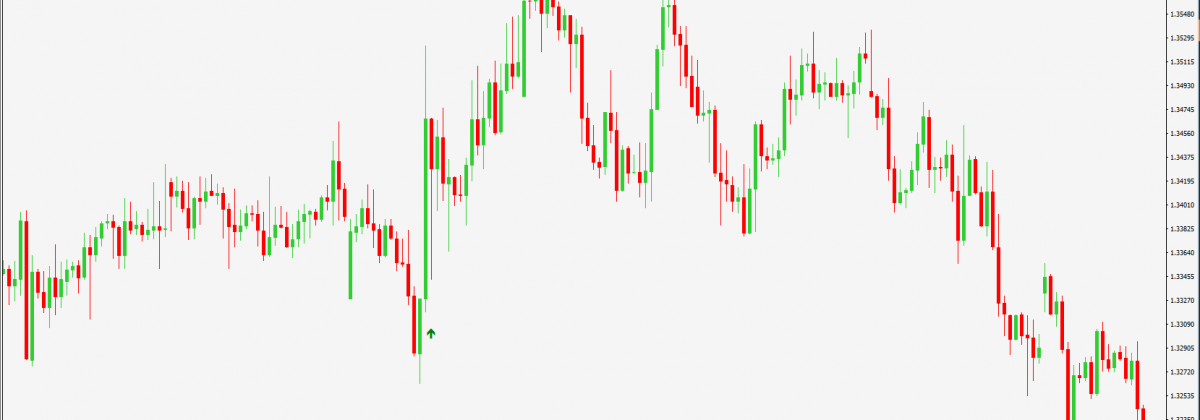Aussie Dollar: Loonie Pair Trading

The Aussie or Loonie Pair is referred to as a commodity cross, since it moves on two different commodity based currencies, the Australian dollar (AUD) and the Canadian dollar (CAD). It is one of the most interesting pairs to be traded and has features unlike other pairs. Both Australia and Canada have large, sparsely populated regions, and they both mine resources from the ground and export them. Normally, when the price of commodities escalates in other countries, their economies suffer. However, in Australia and Canada, increases in prices of commodities drive up the value of their respective currencies. In that sense, the pair moves in a completely different direction to the rest.
Fundamental Things to Consider When Trading the Loonie Pair
The change in the prices of commodities moves the AUD heavily. Look at how gold, silver, palladium, iron, copper, etc., are moving to get an idea of its position. It is the fifth most traded currency in the world, and is known to offer relatively high interest rates with minimal government interference. It also has a large exposure to Asian economies.
China accounts for almost a third of Australia’s exports, so when trading an AUD pair, you have to be aware of the economic situation in China. Strong Chinese demand means a stronger AUD and vice versa.
The CAD, on the other hand, is the eighth most traded currency in the world. Its value is largely based on oil, particularly with the discovery of oil sands in the recent past. In fact, it is one of the largest suppliers of crude oil to the US, accounting for 38% of American imports in 2016. Hence, the US economy plays a huge role in how the CAD performs. USA is Canada’s largest trading partner and also its neighbour. So, look for fluctuations in oil inventory levels and keep track of OPEC meetings and their outcomes.
The banking system in Canada has provided a stable environment for investors. In the past 10 years, it has not taken any extreme measures, such as hiking interest rates or tackling inflation and unemployment, signifying a stable economy.
Economic releases to look out for when trading the Loonie pair include:
- GDP and PMI data of China
- RBA (Reserve Bank of Australia) Meetings and Press Conferences
- US Economy Figures
- Raw Material and Commodity Prices
- BOC (Bank of Canada) Meetings and Press Conferences
- OPEC Meetings, OPEC Production Levels, US Rigs Count
- CPI (Consumer Price Index) or Inflation Figures
- PMI (Purchasing Manager Index) Releases in Australia; coming in three different parts, one for each sector: services, construction and manufacturing
- Canada Ivey PMI
The demand from China and the increasing appetite of other emerging economies for mineral resources has benefitted these two currencies. Should the commodity prices fall, the currency values will decline for both these nations. It is to be noted that during a global recession, the currency pair is negatively affected due to their large, export-based economy and other countries being less able to afford their goods.
Use technical analysis to study charts of the price to make trading decisions for this forex currency pair, and to determine the mood of the market.
Disclaimer
If you liked this educational article please consult our Risk Disclosure Notice before starting to trade. Trading leveraged products involves a high level of risk. You may lose more than your invested capital.




